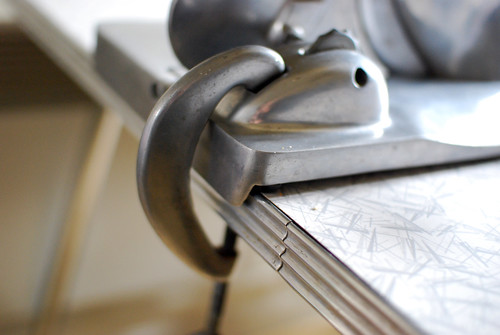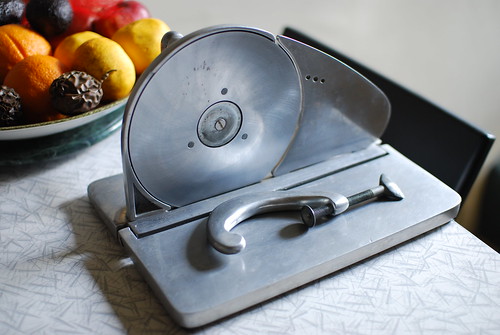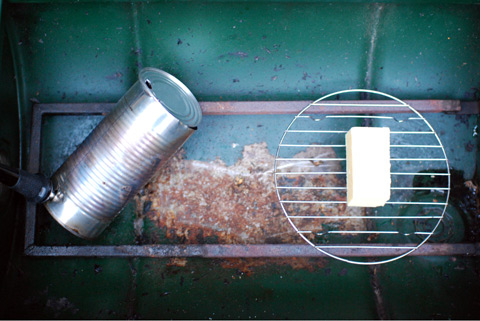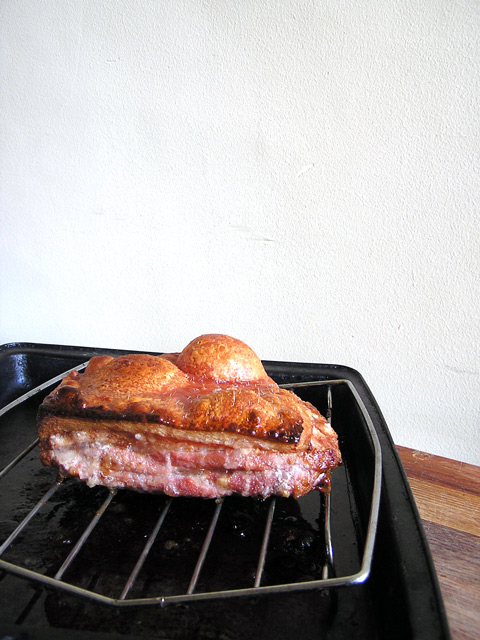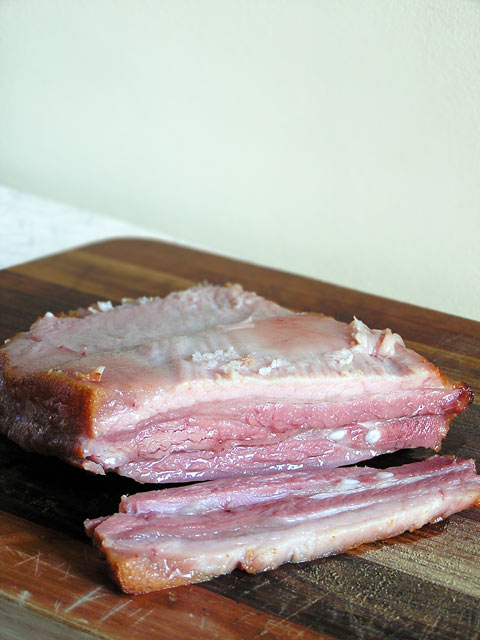The Jonas family grows pork that makes most other pork taste like that foamy pizza topping ham-substitute. If you’ve ever planned to cut down on how much meat you eat and then reward yourself with the best, this is it. You’ll remember where you were the first time that you ate it. Tammi Jonas is a friend, so that completely colours my view of their success and probably, the bacon.
But to paraphrase Amartya Sen, there’s no such thing as an apolitical food problem, and the problem that they’re solving agrees with my politics.
Maybe it’s me getting older, but I’ve started thinking more about food in the long term rather than day-to-day eating. Guaranteeing the future supply of the food that I want to eat is just as important as eating it in the short term. Part of that problem is how to put a relatively small amount of capital upfront to ensure that it happens. As much as I can do that at my local butchers or supermarket with what I buy in the short term, there is no transparency of supply.
So here’s a rare chance to support mine and your own food security. The Jonas’s have a crowdfunding campaign up at Pozible for a small-scale boning room and refrigeration. Funders are rewarded, quite literally, with pork.
I hope that it is the start of something much bigger.

